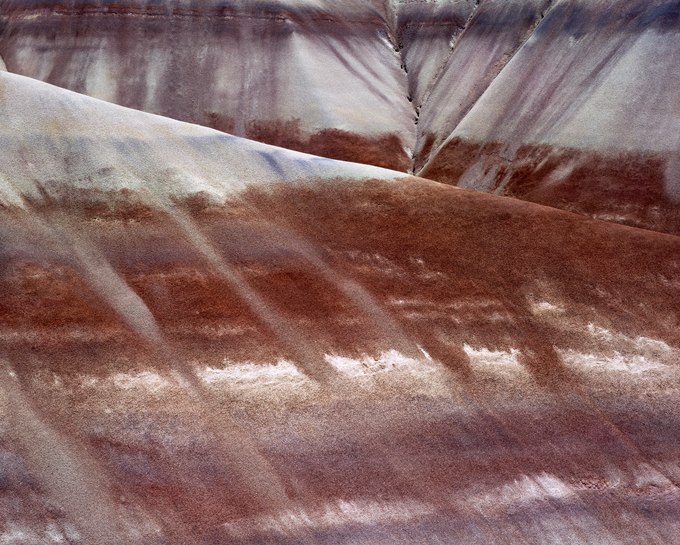In December 1960, writer Wallace Stegner wrote to a friend what has since been called his “Wilderness Letter.” In the letter, he describes the southeastern Utah desert as a place that “can be a means of reassuring ourselves of our sanity as creatures, a part of the geography of hope.” He references the desert country around Caineville as “a lovely and terrible wilderness, such a wilderness as Christ and the prophets went out into; harshly and beautifully colored, broken and worn until its bones are exposed…” which led to his observation that preserving wilderness areas invites us to “take pleasure in the fact that such a timeless and uncontrolled part of earth is still there.”
In 1877, geologists first identified the Morrison Formation in an outcrop of a soft sedimentary rock near Morrison, Colorado, outside Denver. However, its most capacious expression is further west in Utah. Here, a deep layer of alluvial deposits containing volcanic ash, soil, sand, and decayed plants and animals accumulated one hundred and fifty million years ago when the region was a floodplain. Conifers as imposing as today’s giant redwoods dominated a savannah landscape. Dinosaurs lived along riparian drainages where rivers moved volcanic ash from explosions in the Sierra Nevadas. Compressed into soft mudstones, this once low-lying region lifted into the elevated and exotically weathered terrain we call red rock country. Among the wild hills encircling Caineville, eroding mudstones turned to enchanting clays, such as in this photograph, creating a slope ranging from red to green-gray and maroon-purple.
- James Baker

